Where is the higher airspace? It’s higher than what? Good first questions. We define the higher airspace as the airspace above where conventional/commercial aircraft fly and below where space begins. Roughly, this starts at 60.000 ft and goes up to 100km (also called the Karman line). For a wide range of reasons, it will be necessary to have a more precise definition of this higher airspace. This work will be carried out within the scope of the ECHO project.
Until now, the higher airspace was rather empty. The Concorde operated just at the boundary (FL600) and some military aircraft went higher. Everything that goes to space and comes back of course transits the Higher Airspace. That is why we include space operations in the scope of ECHO and will explore the interface requirements with Space Traffic Management.
New technologies, lighter and stronger materials, battery technologies and engine technologies have enabled us to go into higher airspace. But why would you do this? As illustration, two reasons: to travel from London to Sydney in 3 hours and to provide 5G coverage in remote areas. The first example is about new developments of hypersonic and sub-orbital aircraft and the second example is about HAPS (High Altitude Platform Station). These HAPS are for example balloons or solar planes that can stay in the Higher Airspace for months. To these developments, you can add the significant developments in space travel. Take for example Space X and Virgin Galactic. There are many more. All this together creates the demand for higher airspace. The website www.higherairspace.eu includes a register of known developments for the Higher Airspace. We will try to keep this up to date. Is something missing? Please contact us here.
The ECHO project will analyse this demand and will come with a forecast in terms of types of vehicles, their characteristics but also the number of operations with these vehicles. This is necessary to find the answers on how to enable the safe and efficient operation.
The ECHO project’s main deliverable will be the Concept of Operations for the Higher Airspace. In this concept, we will describe how to manage the traffic in the higher airspace, the organisation of the airspace and procedures. The concept will also address the necessary technical infrastructures as well as the interfaces with Air Traffic Management and Space Traffic Management. As demand evolves over time, the Concept will also be phased in a short, medium and long-term phase.
Main driver for the Concept will be the demand analysis. Since this is all new, it is far from obvious how it will develop. It depends on the business applications and many other factors. The ECHO project will develop the best possible demand scenarios based on collected information and intelligence.
The ECHO project will inform and involve all interested parties in Higher Airspace Operations. We do this through the website, newsletters and through three large consultation workshops. The first one will be on the analysis of the demand and will take place 29/6 – 1/7. More information will be available on the website.
The ECHO consortium consists of 11 Members (companies and organisations). Three of our members Dassault Aviation, Thales Alenia Space and Airbus are developing vehicles of Higher Airspace. Read more on their developments on our website:
Henk Hof, ECHO Project Leader, EUROCONTROL


